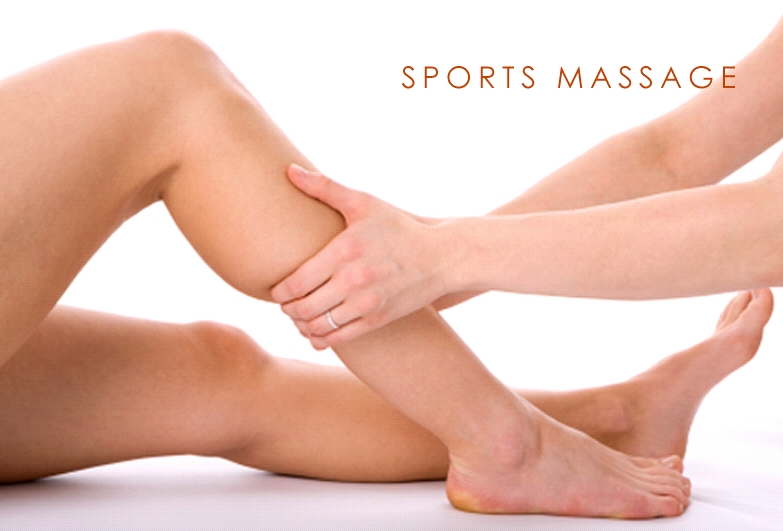Duration:
60-min, 90-min
Service Amount:
60 min – $110
90 min – $155
Upgrade your service with all of the following for add $70
- Sunlight Infrared sauna
- Steam Room
- Chlorophyll water
- Snacks
- Regular bottle water
- Sparkling soda
- Individually wrapped Chocolates, Chips & Pretzels
* Upon Availability
Competitive athletes, sports enthusiasts and workout warriors all push their bodies to the limits. Being able to perform at your maximum potential requires a fully recovered body and one not hindered by aches, pains and stiffness. That’s why sports massages are so important. An experienced sports massage therapist can identify and help alleviate the tightness in your body. By applying specialized techniques to restore mobility, reduce pain, you can regain peak performance.
Sports Massage is designed for the serious athlete. Sports massage focuses on the muscles used most extensively by the individual athlete and includes pre-event, post-event, and maintenance techniques. This massage helps reduce recovery time and risk of injury.
Sports Massage Benefits
- Increased blood flow
- Increased joint range of motion (ROM)
- Increased flexibility
- Increased elimination of exercise waste products (lactic acid)
- Increased sense of well-being
- Decreased muscle tension
- Decreased neurological excitability (nerves more relaxed)
- Decreased chance of injury
- Decreased recovery time between workouts
- Decreased muscle spasms

Can I Get a Sports Massage if i’m Not a Serious Athlete?
Sports massage is not just for those who work out in formal settings. People who enjoy walking, hiking or working in the garden experience discomfort that can be normalized through therapeutic massage. The certified therapists at Matrix Spa & Massage in downtown Salt Lake City have the skill and experience to provide you with the sports massage benefits you deserve.
If you have a sports related injury, please tell your therapist so he or she can properly perform your sports massage.
When to Get A Sports Massage
The sports massage is designed to assist athletes endure the rigors of physical exertion and keep their bodies functioning at a high level. While you don’t need to be an athlete to benefit from these massages, sports enthusiasts, workout warriors and people you engage in physical fitness often rely on them. A sports massage can help prevent or heal injuries, strains and mitigate body aches.
Many athletes integrate sports massages right into their training routines. For example, Olympic Gold Medalist Michael Phelps benefited from two sports massages per day. NFL stars also set a weekly schedule of massages that varies throughout the season. These top athletes find that regularly scheduled sports massages keep them competing at an elevated level. Your particular type of training and exercise should dictate when and how often you get massages. Consider these four types of when planning a regimen.
- Pre-Exertion Massage: This short massage is generally done 15-45 minutes before a competition or sporting event to stimulate and relax primary areas.
- Post-Competition Massage: Often performed 1-2 hours after extreme exertion, its strategic timing helps settle and normalize recently strained tissue.
- Restorative Massage: These are often scheduled on a regular basis to help enhance training and reduce the risk of injury.
- Rehabilitative Massage: Scheduled to alleviate pain and inflammation resulting from sports-related activities.
It’s important to consult with an experienced sports massage therapist to put together a plan that supports your athletic endeavors and health goals.
Sports Massage Techniques
Anytime you push your body, it will need time and help to recuperate. Stiff muscles and joints tend to linger and inhibit the next training session. The Matrix Spa & Massage therapists use a variety of techniques to alleviate discomfort and get you up and running again. These include:
- Deep Tissue Trigger Point Pressure: When employing this technique, a certified therapist will apply pressure with the combined second and third fingers, knuckles or thumb. They press deeply for approximately 10 seconds into trigger points in muscles and around joints. This method may be repeated 2-3 times before moving on to another area.
- Cross Fiber Strokes: This technique involves using the thumb to fan across tight muscles to help reduce soreness and release tension. The broad strokes are particularly effective on large muscles groups and scar tissue.
- Compression Movement: Therapists use this technique to loosen up large muscle groups. It is done with open palm pressure and often follows deep tissue massage.
- Jostling: The technique is very much like it sounds. A therapist will grip a muscle and shake it for approximately 10 seconds. It is designed to eliminate muscle cramps and stiffness.
Cupping Therapy
Michael Phelps earned a record 28 Olympic medals and more gold than any athlete in history. During his epic run, it came to light that he is a strong proponent of cupping therapy. That endorsement has piqued a great deal of interest in athletic circles.
The 5,000-year-old technique has emerged as a popular option for contemporary American athletes because it delivers many benefits. Some of those benefits include:
- Improved blood flow
- Opening lymphatic pathways
- Muscle relaxation
- Pain relief
- Deep tissue release
Cupping Therapy involves the application of negative pressure and massage techniques with a suction cup. The device is positioned over a targeted area and the tissue is vacuumed up into it. Therapists can manipulate the level of suction to meet the stimulation needs of each individual client. Although a few marks were noticed during Phelps’ extraordinary 2016 games, bruising isn’t a factor when properly conducted. Cupping Therapy can be an excellent asset to integrate into a sports massage therapy program.





